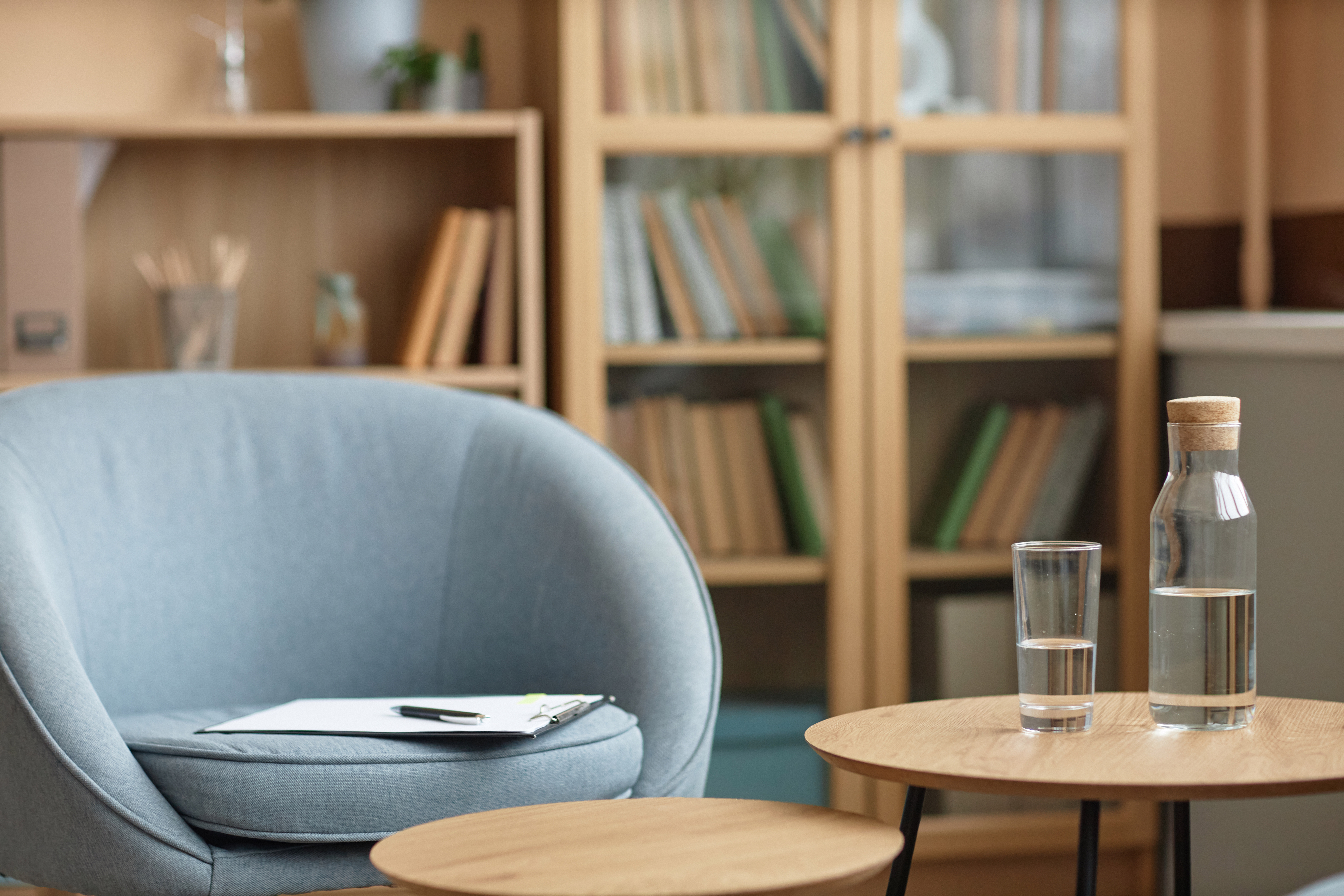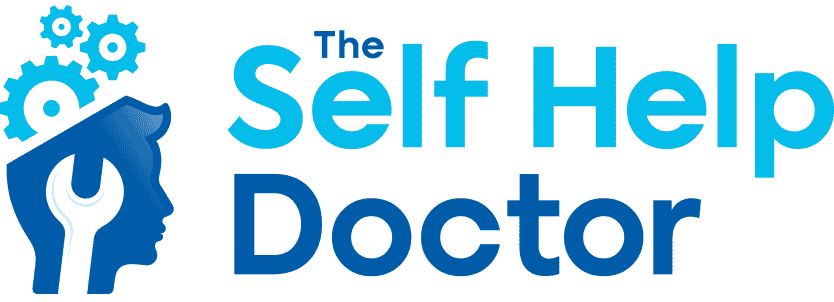Uncovering the Hidden Signs of Social Anxiety and How CBT Can Help

Uncovering the Hidden Signs of Social Anxiety and How CBT Can Help
Social anxiety often hides in the small moments you barely notice—like avoiding eye contact or replaying conversations long after they end. These quiet signs can quietly hold you back from connecting with others. Understanding these patterns and learning simple CBT techniques can help you manage social anxiety and take back control of your social life. Keep reading to learn how small shifts can make a big difference. For more information, also check out this guide.
Recognizing Social Anxiety Signs

Many people might not notice the subtle signs of social anxiety that impact their daily lives. Identifying these signs is the first step in managing anxiety.
Subtle Behavioral Patterns
Have you ever avoided eye contact during a conversation? This might seem insignificant, but it’s a common pattern for those facing social anxiety. Such behaviors can create a barrier between you and others. Small habits, like fidgeting or rehearsing conversations, might be ways you cope without realizing it.
Imagine replaying a chat over and over, questioning each word you said. This habit can hold you back. Many people think they’re just being cautious, but these patterns can limit your social interactions. Recognizing these behaviors is crucial. Once identified, you can start changing them, leading to a more confident you.
Emotional Triggers in Social Settings
Social settings can trigger intense emotions. Feeling your heart race when entering a crowded room? That’s a sign of anxiety at work. You might avoid these settings thinking it’s just preference, but it’s often more.
Consider situations where you feel judged or scrutinized. These are common triggers for social anxiety. The fear of embarrassment can stop you from joining gatherings or speaking up in groups. Understanding these emotional triggers can help you find ways to manage them. As you become aware, you gain power to change your reactions and reduce anxiety’s impact.
Introduction to CBT Techniques

Once you recognize social anxiety signs, you can explore methods to manage them. Cognitive Behavioral Therapy, or CBT, offers practical tools for this journey.
Understanding Cognitive Behavioral Therapy
CBT is a method that helps change unhelpful thought patterns. It’s like training your brain to see situations in a new way. This shift in thinking can lead to calmer emotions. Many find relief by learning to challenge their thoughts and replace them with realistic ones.
Picture this: You walk into a party and think, “Everyone’s judging me.” CBT teaches you to question this thought. Is it based on facts, or is it your anxiety talking? By reframing these thoughts, you can reduce the grip anxiety has on you. CBT is not just about changing thoughts; it’s about empowering you to handle social settings with confidence.
Practical CBT Steps for Anxiety
Here’s a simple way to start using CBT. First, identify a thought that triggers anxiety. Write it down. Next, challenge it. Ask yourself, “Is there evidence for this thought?” Replace it with a more balanced perspective.
Try these steps next time you’re anxious:
-
Identify the Thought: When you feel anxious, pause. Note the thought causing stress.
-
Challenge It: Is this thought based on facts or fear? Seek evidence that contradicts it.
-
Replace It: Create a balanced statement. Instead of “I’m going to embarrass myself,” think “I might feel nervous, but that’s okay.”
These steps help you regain control. They are tools you can use in any social situation, making anxiety less daunting.
Learning CBT On Your Own

Exploring CBT techniques on your own can be empowering. A structured course can guide you through this process, offering valuable resources.
Empowering Online Resources
Online courses offer flexibility and accessibility. You can learn at your pace, applying techniques as you go. Many courses provide interactive modules and exercises that make learning engaging and practical.
For instance, a self-help course can walk you through scenarios, helping you apply CBT techniques in real life. You’ll gain insights into your anxiety patterns and discover ways to change them. This approach not only educates but empowers, allowing you to take control of your mental health journey.
Starting with a Free Mini-Course
If you’re unsure where to begin, consider starting with our free mini-course. It’s a no-risk way to explore CBT techniques. This introductory course can help you understand how certain habits contribute to emotional challenges. You’ll learn foundational skills that can be built upon in a full course.
By starting small, you ease into the process, gaining confidence as you go. Remember, every step forward is progress. If you’re ready to explore further, our full self-help course can provide comprehensive tools and support for managing social anxiety. 😊
For more insights, visit our free mini-course and unlock tools to transform your approach to mental wellness.





